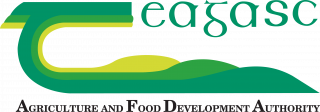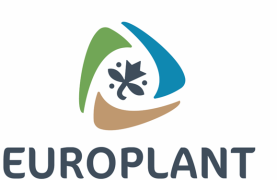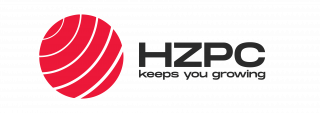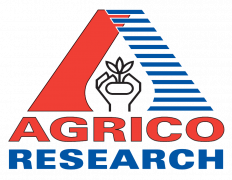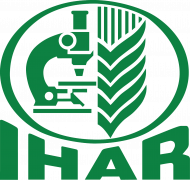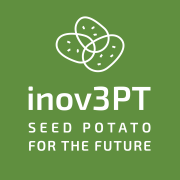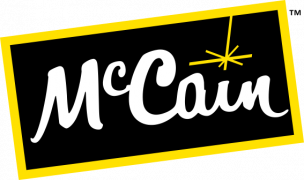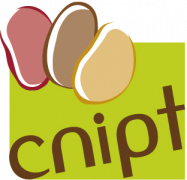Abstract
Recently, it was observed that red, blue and far-red lights and different intensities (0.1 and 1.0 μmol m−2 s−1) of light-emitting diode (LED) reduced potato sprout growth but did not effectively inhibit sprouting in physiologically aged tubers. Therefore, this study aimed to identify the physiological and biochemical changes and sprout development in potatoes treated with LED lights or with 3-chlorophenyl carbamate (CIPC). To achieve this, ‘Asterix’ potatoes were harvested, cured at 15 °C (90–93% RH) for 15 days and treated with red (5 µmol m−2 s−1), far-red (5 µmol m−2 s−1) and blue (1 µmol m−2 s−1) LED lights, in addition to the negative control (dark) and positive control (0.022 g L−1 of CIPC) treatments. Potatoes from the light treatments were exposed to LED lights 24 h a day throughout the storage period, under optimal conditions for sprout development (16.7 ± 1 °C and 91.5 ± 1% RH). Tubers treated with blue and far-red LED light exhibited longer dormancy, fewer sprouts and smaller sprouts over the storage period. The carbohydrate content (starch and reducing sugars) was not affected by light treatments; however, total soluble sugar content was lower in tubers kept in the dark and higher in those treated with far-red LED light, which was not related to sprouting control. Therefore, it is suggested that other signalling mechanisms may be involved in sprout control using LED lights.

